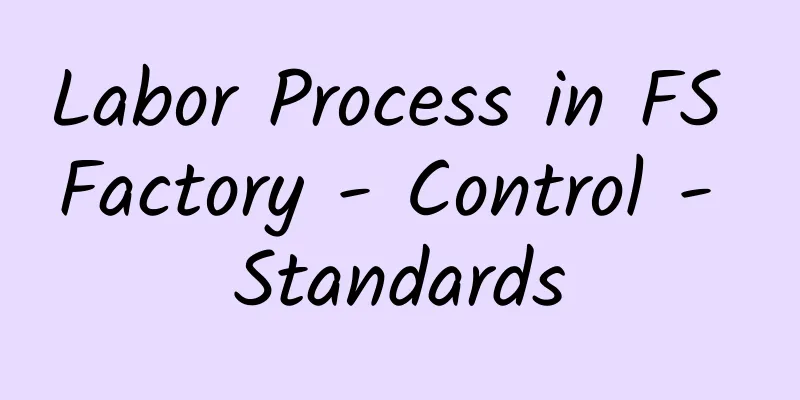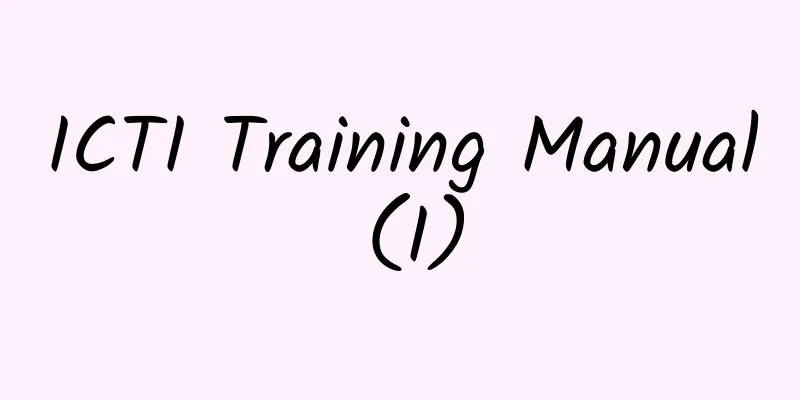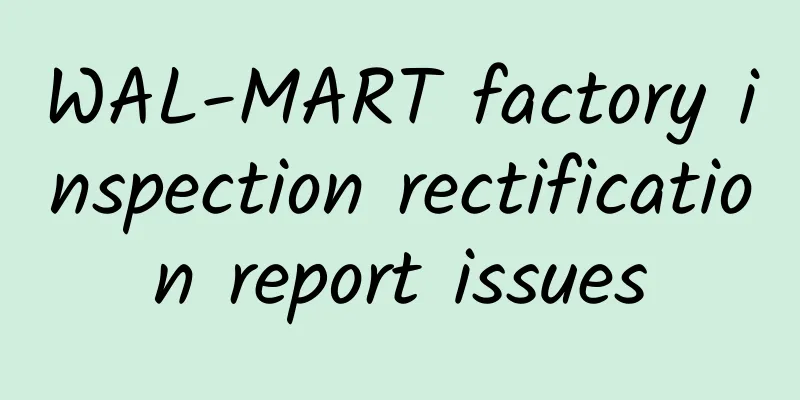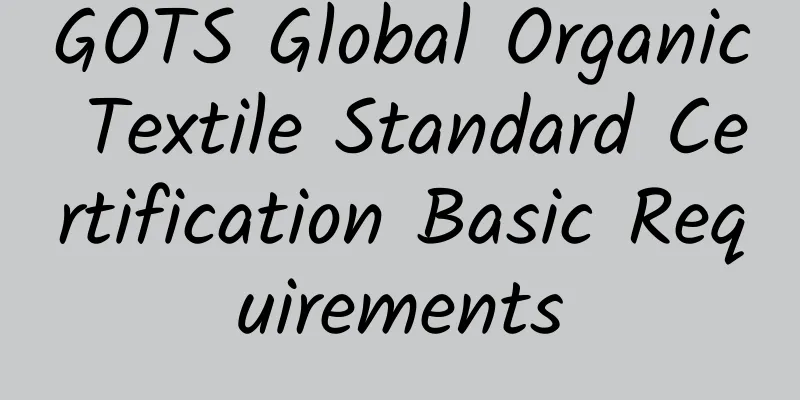The national carbon market is expected to gradually expand as it turns one year old

|
The national carbon emission trading market is about to complete a year of operation. China Securities Journal reporters learned that as of July 12, the national carbon market carbon emission quotas had a cumulative trading volume of 194 million tons and a cumulative trading volume of 8.491 billion yuan, becoming the world's largest carbon spot secondary market during the same period. Industry insiders pointed out that the national carbon market is expected to gradually expand its industry coverage, introduce institutional investors, enrich trading varieties and methods, further improve market liquidity, and better play a role in promoting the comprehensive low-carbon transformation of my country's economy and society. Market functions begin to emerge Since the launch of the national carbon market nearly a year ago, it has been operating smoothly and orderly. Data from the Shanghai Environment and Energy Exchange showed that as of July 12, the national carbon market had been online for 239 trading days. The cumulative trading volume of carbon emission quotas was 194 million tons, and the cumulative trading volume was 8.491 billion yuan. Since the online trading, the daily closing price of carbon emission quotas has been between 41.00 yuan and 62.00 yuan per ton, and the closing price on July 12 was 58.00 yuan per ton. "Overall, the national carbon market is operating in a healthy and orderly manner, trading prices are rising steadily, and the market is showing reasonable fluctuations along with the carbon emission management cycle. Its role in promoting corporate emission reductions and accelerating green and low-carbon transformation has begun to emerge," said Liu Jie, general manager of the Shanghai Environment Exchange . In addition, from the official launch of online trading on July 16, 2021 to December 31, 2021, the emission-controlled enterprises actively fulfilled their contracts , and the first carbon emission rights compliance cycle of the national carbon market was successfully concluded. Data from the National Carbon Emission Rights Registration and Settlement System shows that as of now, the cumulative liquidation amount of China Carbon after going online is about 16.8 billion yuan, and registration and settlement accounts have been opened for 2,162 power generation companies. With the end of the first compliance cycle of the national carbon market, relevant entities have "rang the bell and submitted their papers" in an orderly manner. According to relevant officials of China National Petroleum Corporation, China National Petroleum Corporation, in accordance with the principles of "fulfilling obligations in accordance with the law, unified allocation, and centralized control", comprehensively analyzed and judged price trends , and formulated a detailed and complete carbon trading compliance plan, becoming one of the first large state-owned groups to successfully complete trading compliance tasks within the first compliance cycle. "In the first compliance cycle, 78 key emission units of State Power Investment Corporation completed the compliance tasks ahead of schedule and achieved a compliance rate of 100%. The procurement cost was lower than the market price, achieving the optimal compliance cost." Pan Hao, deputy general manager of State Power Investment Corporation Carbon Asset Management Co., Ltd., told a reporter from China Securities Journal. A relevant person in charge of Sinopec said that 17 self-owned power plants under Sinopec were included in the national carbon market, and 4 companies participated in transactions on the first day and the first month of the launch of the national carbon market. On July 21, 2021, Maoming Petrochemical completed a bulk agreement transaction of 100,000 tons, becoming the first bulk agreement transaction since the launch of the national carbon market. On December 15, 2021, the above 17 self-owned power plant companies successfully completed the quota clearance of the first compliance cycle of the national carbon market, with a compliance rate of 100%. "In 2021, Sinopec participated in the national carbon market with a total transaction volume of 4.83 million tons and a transaction volume of 207 million yuan." The person in charge said. Through carbon emission rights trading, some emission-controlled enterprises have made considerable profits. For example, Beijing Energy Group earned more than 400 million yuan from the sale of carbon emission rights last year. The 2021 annual reports released by Datang Power Generation, Huaneng Power International, and Huadian Power International showed that the three companies each earned hundreds of millions of yuan from carbon emission rights trading. "At present, the national carbon market is still in its infancy, and there is still much room for improvement in mechanism design, system construction, and market development," said Liu Jie. Taking multiple measures to improve activity The construction of the national carbon market is progressing steadily, and further improving market activity has become the key task in the next stage. "All tasks in the first compliance cycle were successfully completed and achieved the expected goals, but overall it showed the characteristics of compliance as the purpose, which is a typical compliance carbon market, and market liquidity needs to be further improved," said Liu Jie. Data from the Shanghai Environment Exchange shows that after entering the compliance season, the carbon emission quota trading volume in December 2021 was 136 million tons, accounting for 76% of the total annual trading volume, while the trading volume in the other five months accounted for only 24%. Liu Jie believes that, similar to other commodity markets, the short-term performance of the national carbon market is mainly affected by the supply and demand of periodic quotas. When the compliance period is approaching, the supply and demand of periodic quotas in the market change frequently, and prices rise when the market is in short supply, and stabilize when the supply is relatively sufficient; after the compliance period, the overall market activity is low, which is generally in line with general market rules. "At this stage, there is an obvious compliance-driven phenomenon in China's carbon market, which also reflects that the activity of China's carbon market needs to be enhanced and the price discovery function needs to be improved." Pan Hao believes that as the number of industries, participants and trading products included in China's carbon market gradually increases, the market supply and demand will undergo major changes, trading activity is expected to gradually increase, and carbon prices will also rise reasonably. China Securities Journal reporter learned that the work of expanding the coverage of the national carbon market is progressing steadily. Building materials, nonferrous metals, steel and other industries are conducting research and preparation work related to carbon emissions trading. "During the 14th Five-Year Plan period, it is expected that the eight major energy-consuming industries will be included in the national carbon market, and the number of key emission units in these industries will expand from more than 2,000 in the power generation industry to 8,000 to 10,000." Liu Jie said that the Shanghai Environment Exchange will, in accordance with the relevant work arrangements of the Ministry of Ecology and Environment, gradually expand the market coverage to other high-emission industries on the basis of the healthy operation of the carbon market in the power generation industry, and introduce non-compliant entities such as qualified investment institutions to participate in transactions in a timely manner, enrich trading varieties and methods as needed, further improve market liquidity and stimulate market vitality. "Expanding the scope of industry coverage, expanding trading entities, and promoting the diversification of investment entities are the next trends." A relevant person in charge of China Carbon Depository and Clearing Corporation said that the eight local pilot carbon markets have accumulated rich construction and operation experience in expanding the scope of industry coverage and diversifying investment entities. "Take Hubei as an example. The Hubei carbon market has completed the coverage of 11 industries in one compliance cycle and actively introduced individuals and institutions. There were no risks or disputes during the operation. Therefore, the national carbon market has mature technology and rich experience to learn from in expanding industry coverage and introducing institutional investors." The official said that expanding the coverage of industries requires consideration of factors such as the data base of related industry companies, the potential for emission reduction in the industry, and the possible impact on industry competitiveness after inclusion. It is also necessary to consider the synergy between the energy consumption and environmental protection policies of the newly included industries, as well as the costs and benefits of supervising the companies in the industry. "The expansion of the national carbon market will help to better play the role of the market in constraining and motivating corporate emission control. The differences in carbon reduction costs in different industries and the diversity of investment entities will help improve market liquidity, play the role of price mechanisms, and deepen the development of the national carbon market." said the official. The innovative exploration of more carbon financial instruments is also being actively promoted. "Shanghai Environment Exchange supports the development of voluntary emission reduction markets and carbon inclusive markets, promotes interconnection with mandatory emission reduction markets, and forms a multi-level composite carbon market structure." Liu Jie said that the construction of carbon markets and carbon finance is being actively incorporated into the construction of Shanghai's international financial system, actively promoting carbon financial innovations such as carbon repurchase, carbon pledge, carbon index, carbon trust and carbon fund , exploring and improving derivative transactions such as carbon swaps and carbon forwards, and creating an internationally influential carbon market pricing center. Continuous improvement of system design Industry insiders predict that as the system design continues to be optimized and improved, policy support for the construction of the national carbon market will gradually increase. Lai Xiaoming, Chairman of Shanghai Environment Exchange, suggested that we should speed up the construction and improvement of the top-level design, clarify the mandatory nature of corporate emission reduction and compliance from the perspective of laws and regulations, and accelerate the formation of a unified carbon market "1+N" policy system. We should formulate a carbon market development roadmap closely around the "dual carbon" goals, clarify plans and reverse time, continue to promote arrangements for industry coverage and expansion, and orderly promote the transition from carbon emission intensity control to total volume control. In terms of pilot market development, Liu Jie said that with the establishment of a national carbon market, the existing pilot projects can be further deepened on the existing basis and relevant preparations for the transition to the national carbon market can be made. In terms of the construction of the voluntary emission reduction market, the relevant person in charge of the Beijing Green Exchange revealed that in the second half of last year, the Beijing Green Exchange launched the construction of the national voluntary emission reduction registration system and trading system through public bidding, and all work is progressing smoothly. The Beijing Green Exchange will focus on deepening the pilot construction of the voluntary emission reduction market and give full play to its demonstration role. It will deeply participate in the construction of the national carbon market and actively promote the construction of the national voluntary emission reduction trading center. Pan Hao believes that as the world's largest carbon market, China's carbon market should also closely connect with the systems of major global carbon markets, strengthen dialogue and cooperation between China and Europe in the field of environment and climate, have in-depth exchanges on green and low-carbon development, open up channels for using green electricity, green certificates, and emission reductions to offset emissions of export products, and provide more abundant means for export products to reduce carbon footprints . Strive to achieve binding requirements for the EU carbon border adjustment mechanism to cover industries by 2027, and create conditions for offsetting part of the EU carbon border adjustment tax. Promote the establishment of a high-quality voluntary emission reduction development system, plan a "roadmap" for joint construction, consultation and sharing for international cooperation in the "Belt and Road" carbon market, play a leading role in the development of global mandatory and voluntary carbon markets, and strive to enhance China's influence and voice in the international carbon market. Chaowang Consulting and Guidance has been engaged in factory inspection guidance and certification consulting for many years. It has rich experience and connections, is familiar with the process and steps of factory inspection and certification, and can help companies solve certification problems at any time, easily deal with them, and pass them smoothly. Consultation phone: 021-51029391! |
<<: How to obtain the “Climate Pledge Friendly” logo?
Recommend
SA8000 for the ideological and political work of college logistics entities
In recent years, the internal and external condit...
Foreign cotton fell to the limit yesterday and rose to the limit today. Will cotton prices rebound after a sharp drop?
Domestic and foreign cotton prices fell sharply, ...
What are the commission rates for each category on eBay? What are the transaction fees for eBay Stores?
What is the commission rate for each category on ...
What is Currenciesdirect? What are the advantages of currenciesdirect?
What is Currenciesdirect? Currencie Direct is a c...
What is transit trade? What is the difference between re-export trade and transit trade?
What is transit trade? Transit trade refers to th...
The difference between H&M factory inspection and ZARA factory inspection
H&M uses dual supply chains to balance efficie...
IZEA and Rakuten jointly launch social media marketing project SocialLinks
According to recent reports from foreign media, s...
Is it better to have a Mango store manager or a store secretary?
Mango Store Manager Cost: Forever free software, ...
What is AisiaBill like? What products does AisiaBill have?
What about AisiaBill? Asiabill was founded in 201...
Common fire safety issues and solutions during BSCI factory audits (II) Illusion of fire equipment indications
Problem phenomenon: Fire equipment indication is ...
How about Wen Dan? What are the service advantages of Wen Dan?
How about pomelo? Wendan combines its own profess...
Mattel Factory Inspection/Inspection Consultation Workplace Safety
Mattel Factory Inspection/Inspection Consultation...
What is Quora? How did Quora develop?
What is Quora? Quora is a question-and-answer soc...
Fashion platform LimeRoad receives $30 million in Series C funding
With the maturity of Internet technology, the fas...
Seller Cloud—Professional SAAS ERP Store Management
What is Seller Cloud? Seller Cloud is a leading e...









